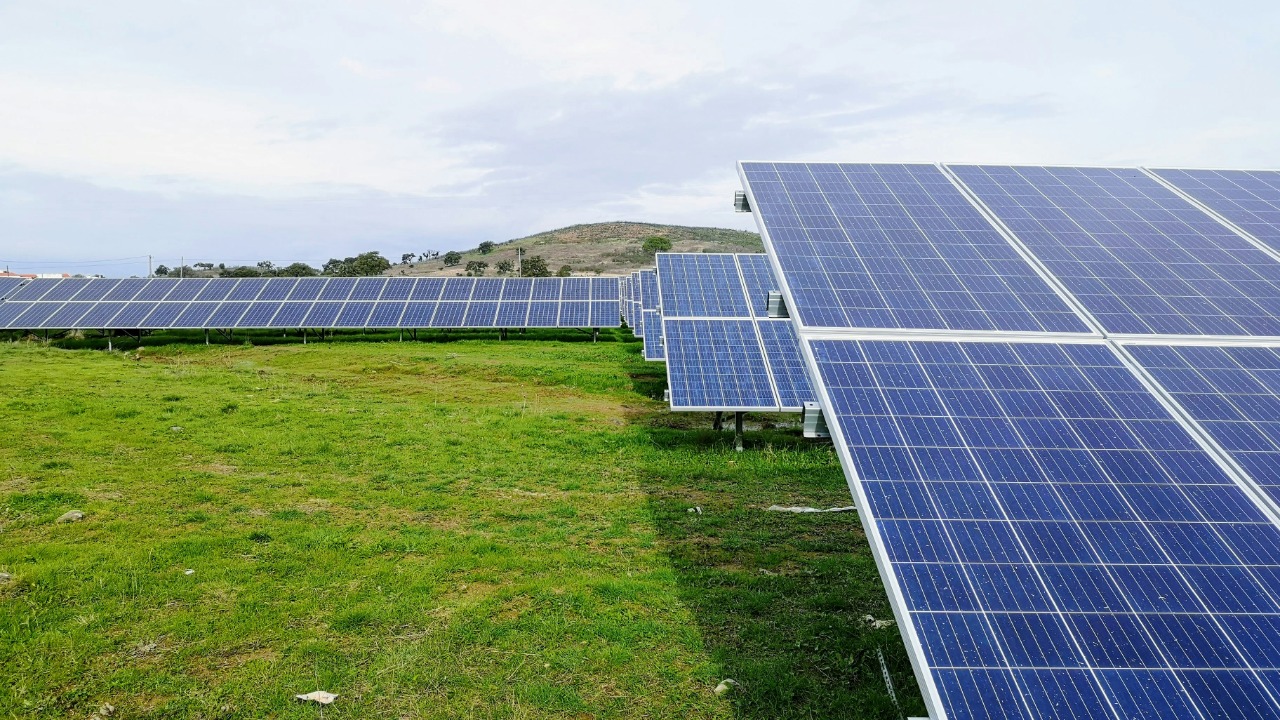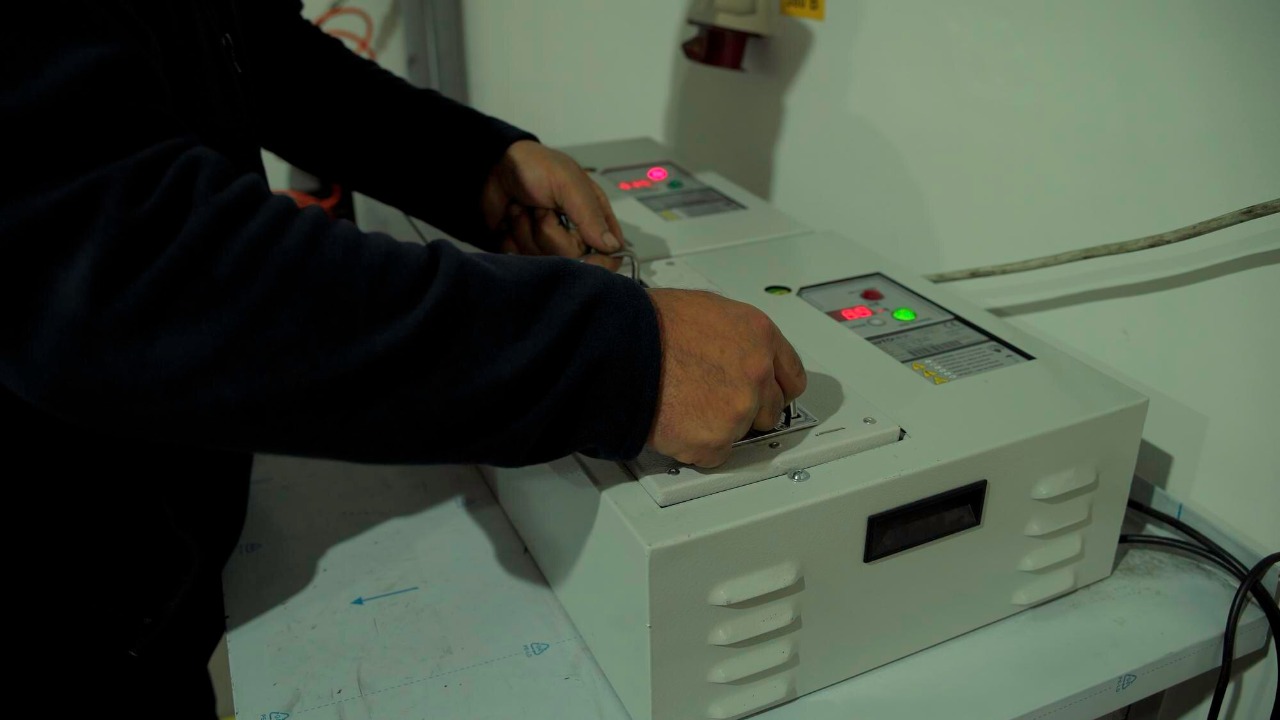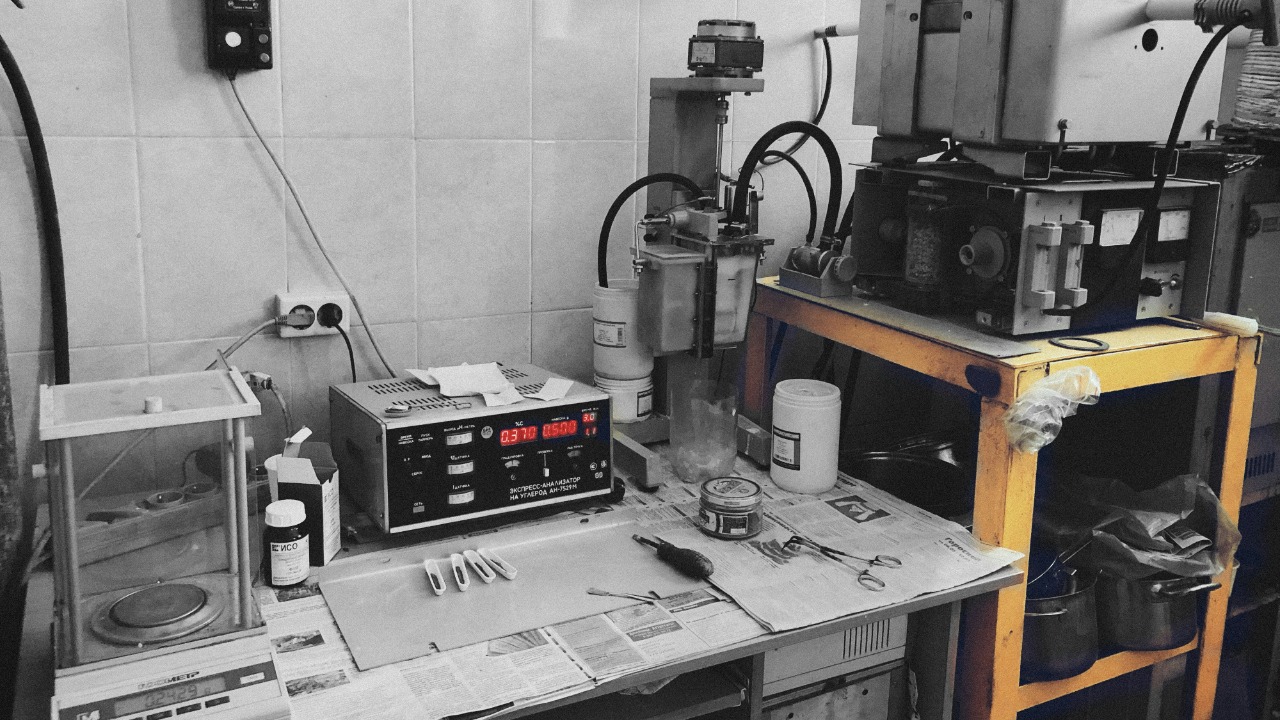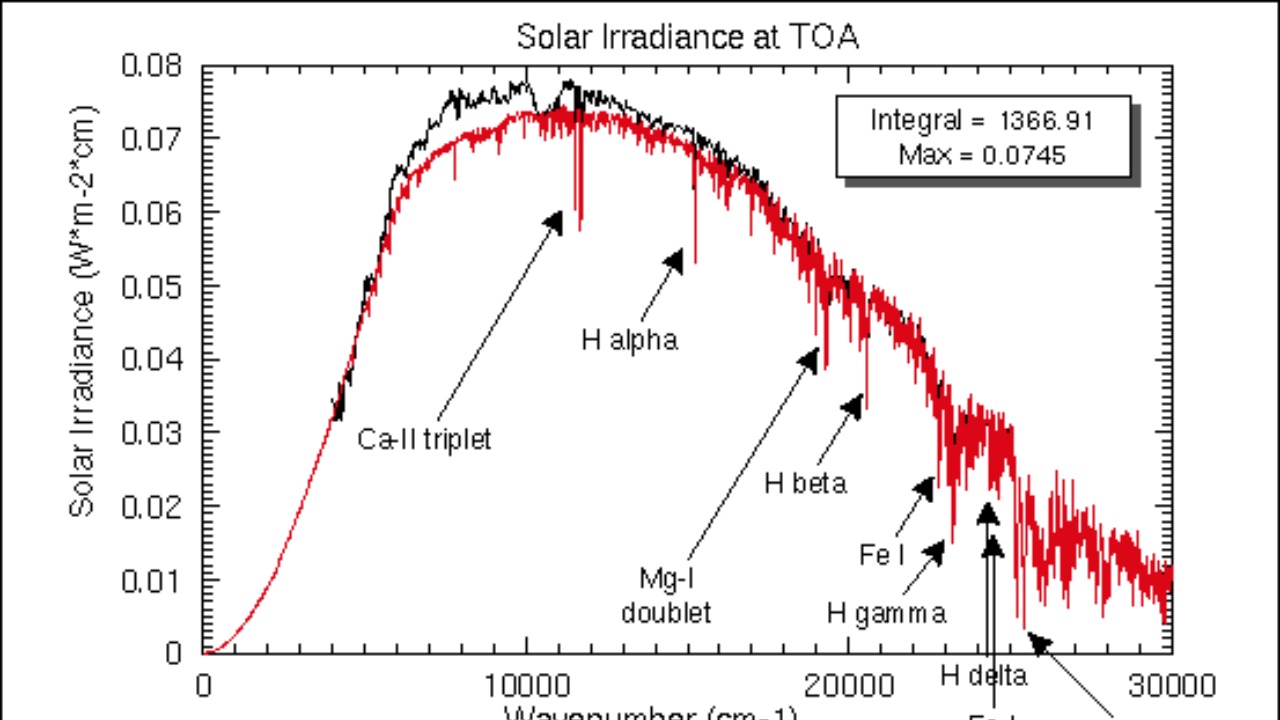
Scientists at the University of Wisconsin–Madison have made a significant breakthrough in the field of renewable energy. They have developed a photoelectrochemical (PEC) flow cell that addresses a critical stability flaw in solar-powered hydrogen production. This innovation, which separates light absorption from catalytic reactions, enables continuous operation without degradation and achieves a solar-to-hydrogen efficiency of 10%. The development paves the way for an energy revolution by transforming intermittent solar power into a reliable, unlimited source.
The Fatal Flaw in Conventional PEC Systems

Traditional photoelectrochemical cells have been plagued by a major flaw: rapid degradation. This is because the light-absorbing materials are directly exposed to harsh catalytic environments during hydrogen production, leading to material breakdown after just hours of operation. This instability has long prevented PEC technology from achieving the durability needed for practical, large-scale solar energy conversion into storable fuels like hydrogen.
Researchers have noted that prior systems could only run for limited cycles before efficiency dropped below viable levels. This highlighted the need for a design that isolates reactive components, thereby enhancing the system’s longevity and efficiency.
Introducing the PEC Flow Cell Design

The new PEC flow cell, developed by Song Jin and colleagues at the University of Wisconsin–Madison, addresses this issue. The design uses a flowing electrolyte to separate the photoanode for light absorption from the cathode for catalysis, thereby preventing direct exposure and corrosion. This modular setup allows the light-absorbing silicon electrode to remain stable while the catalytic components circulate in a separate loop, mimicking a flow battery’s architecture.
The design draws on principles from redox flow batteries, adapting them to solar-driven water splitting for hydrogen generation. This innovative approach has the potential to revolutionize the way we harness and store solar energy.
How the Innovation Achieves Stability

By decoupling the photochemical and electrocatalytic processes, the PEC flow cell maintains consistent performance over extended periods. Tests have shown no degradation after 100 hours of continuous operation. The system’s use of a bromide-based electrolyte enables efficient charge transfer without damaging the photoelectrode, a key factor in overcoming the corrosion issues plaguing earlier prototypes.
Jin’s team reported that this separation allows for independent optimization of each component, boosting overall system longevity and efficiency. This is a significant step forward in the quest for a reliable, scalable, and efficient renewable energy source.
Performance Metrics and Efficiency Gains

The PEC flow cell demonstrates a solar-to-hydrogen conversion efficiency of 10%, comparable to leading photovoltaic-electrolyzer systems but with integrated storage potential. In lab tests, the device produced hydrogen at a rate sufficient for practical applications, with current densities reaching 20 mA/cm² under standard solar illumination.
This efficiency is achieved using earth-abundant materials like silicon and nickel catalysts, reducing costs compared to rare-metal-dependent alternatives. This makes the technology not only more sustainable but also more economically viable.
Scalability and Real-World Applications

The flow cell’s design supports modular scaling, allowing arrays of units to be stacked for gigawatt-scale hydrogen production facilities powered by solar farms. Potential applications include integration with existing solar infrastructure to store excess daytime energy as hydrogen for nighttime or grid use, addressing intermittency challenges.
Researchers envision deployment in regions with high solar irradiance, such as deserts, to create decentralized clean fuel hubs. This could revolutionize the energy landscape, particularly in regions with abundant sunlight but limited access to other energy sources.
Challenges Remaining and Future Research

While the system shows promise, it requires further refinement in electrolyte flow rates to minimize energy losses during circulation. Initial setups showed minor efficiency dips at high volumes. Long-term durability testing beyond 100 hours is also needed to confirm performance under real-world conditions like varying sunlight and temperatures.
Jin’s team plans to explore alternative electrolytes and electrode materials to push efficiency toward 15-20% in upcoming prototypes. These ongoing efforts to optimize the system could further enhance its potential for large-scale renewable energy production.
The Broader Implications for Energy Transition

This breakthrough could accelerate the shift to hydrogen as a zero-emission fuel, supporting global goals to reduce fossil fuel dependence by providing a direct solar-to-fuel pathway. By making unlimited solar-derived power viable through stable storage, the technology promises lower costs for green hydrogen, potentially under $2 per kilogram in scaled production.
Industry experts, including those cited in the study, predict that widespread adoption could transform sectors like transportation and heavy industry within the next decade. This development underscores the potential of the PEC flow cell to play a pivotal role in the global energy transition towards a more sustainable future. source